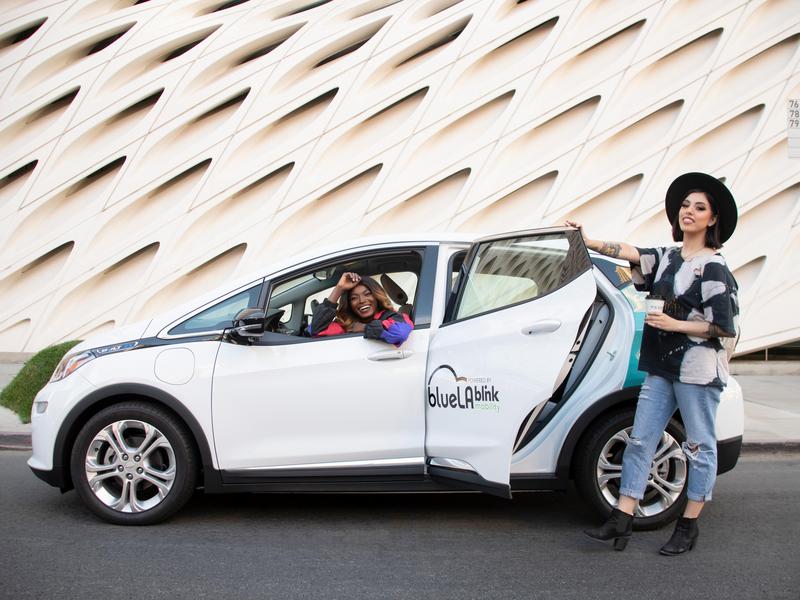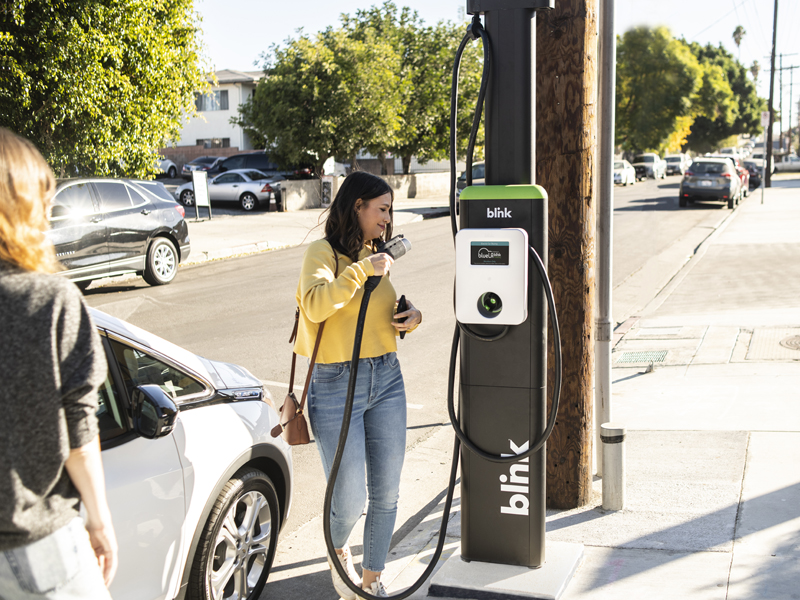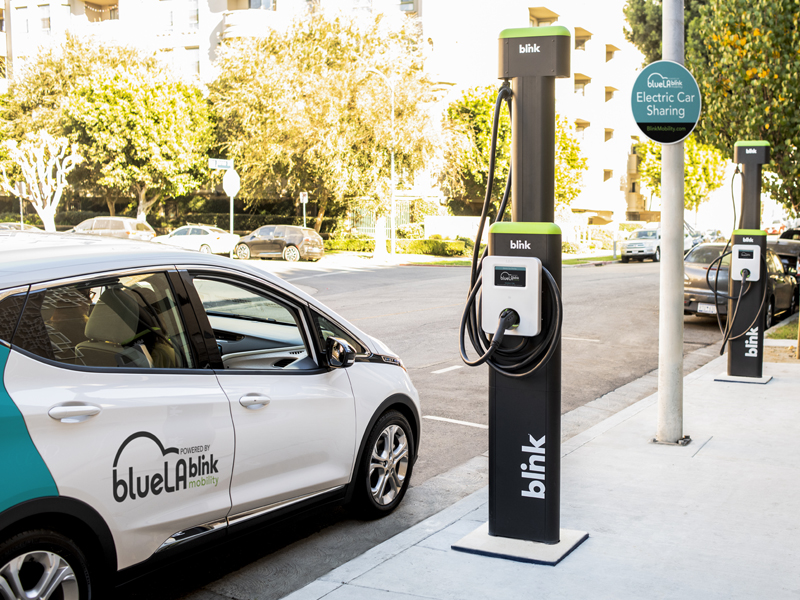While the first electric vehicle was created in 1889, it took over a hundred years for the EV to find its place in history. While the internal combustion engine has ruled the road for most of the years in between, concern about the effects of traditional gas-powered vehicles has caused a worldwide green revolution that pushed EVs to the forefront of technology.
The evolution of EVs has been over 171 years in the making. Astonishingly, in 1900 nearly a third of the cars on the road were electric vehicles. The first electric vehicle is credited to Robert Anderson of the UK, invented around 1832, and the U.S. had an operating model invented by Iowa chemist William Morrison around 1890.
The Electric Car was Invented in 1832
In 1900-1910, electric vehicles were first marketed to women for a variety of reasons: they were touted as a cleaner, safer, easier to use, and more reliable than gas-powered vehicles. According to “171 Years Before Tesla: The Evolution of the Electric Vehicle”, rare examples of early EVs can be found with luxurious Edwardian era features, such as beautifully embroidered silk interiors and velvet appointments, flower vases, clocks, mirrors, and makeup kits.
Between 1920-1960, the focus of cars changed completely as Ford’s gas-powered model-T took over the market—a simple bare-bones model designed to go as far as possible before re-fueling. Turning away from female consumers, the car required a difficult-to-use hand crank, which was eliminated in favor of a self-starter. With time, the focus on vehicles continued to be sleek, sporty, and simple. In the 60’s, General Motors and American Motors both attempted concept cars in reaction to concerns about air pollution.
In the 1970s and 1980s, space exploration gave the EV a boost. While gas prices soared, the Lunar Roving Vehicle bounced on the moon, and consumers wondered if there wasn’t a less expensive way to get around. As scientific evidence emerged that hydrocarbon fuels were the most dangerous form of pollution to affect the environment, concerned officials sought a way to make cars low or no emission. In the 1980’s, The California Air Resources Board (CARB) insisted on the development of vehicles that could fit these criteria.
In the 1990s, while EVs were in development, most consumers sought new-to-the-market, large, environmentally disastrous SUVs because they were inexpensive and powerful. On the other hand, this time period also saw a strong re-emergence of interest in environmental issues.
The early 2000s saw the successful development and operation of hybrids—cars that ran on a combination of battery and traditional internal combustion engines. Many car manufacturers got in on the new market, while speed, battery range, and torque had not yet been perfected.
While consumers still prize sleek speed today, the luxury car market is definitely back in business, as is the desire for luxury EVs. EVs have as many amenities as any gas-powered vehicle. Future features may lack the appointments of Edwardian era luxury carriages but will feature modern details such as LED headlights, “virtual” mirrors and sunroofs, touchscreens, programmable infotainment tablets, and more. EVs can tow, have the same range as a gas-powered vehicle, can reach the same speeds, and still cost far less to operate, while the new luxury truck market promises a new array of EVs ready for the modern consumer.
Recommend for You
Stay Informed
Join our mailing list for hot news and company updates.







